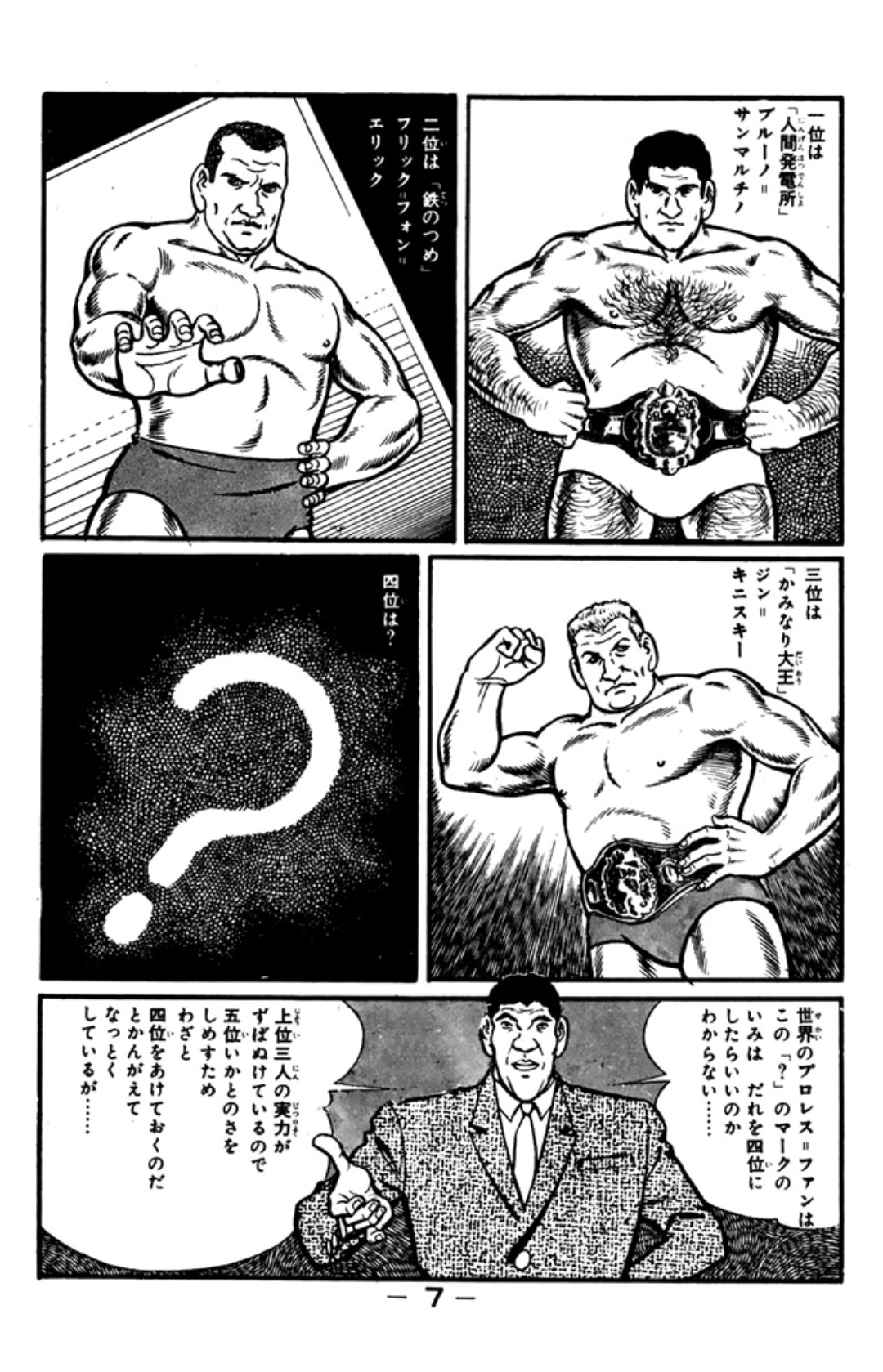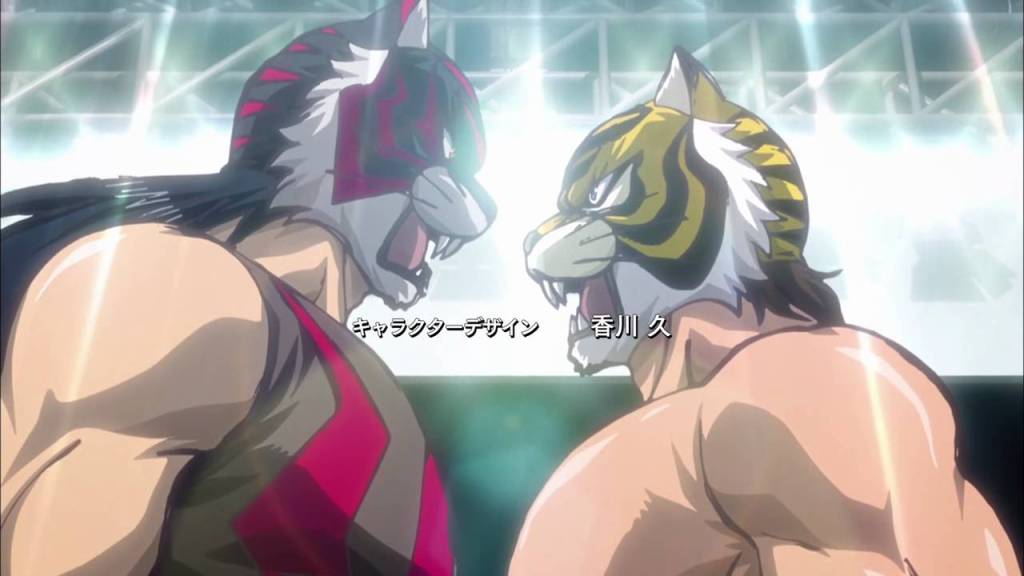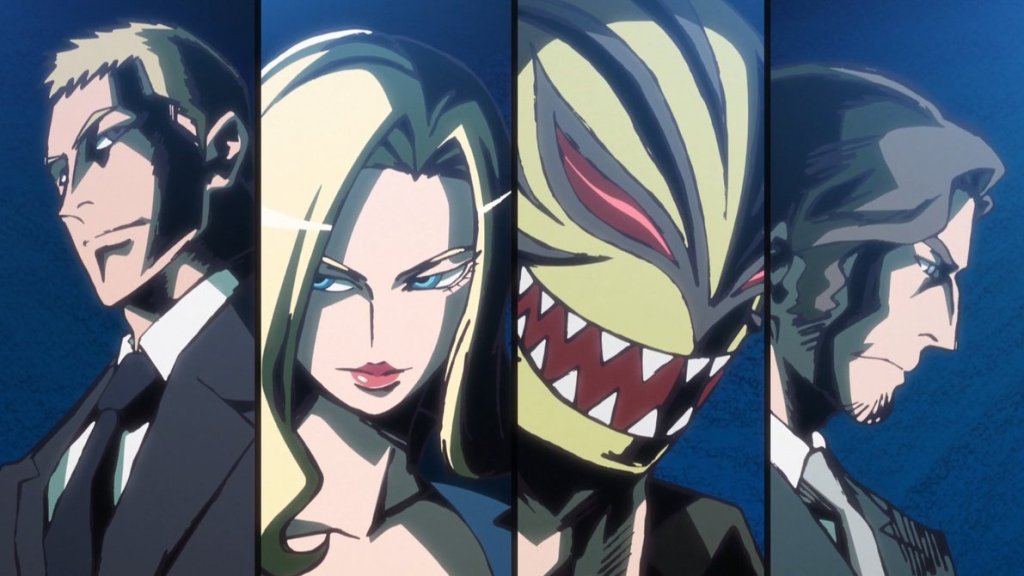Sometimes, I think about how so many members of hololive have “other personas,” and I don’t mean past lives as other streamers or entertainers. More than simply being a yandere-esque hidden side, they’re more like split personalities or alter egos. Some come from lore, while others are developed over time. It really reminds me of what we see in pro wrestling.
Haachama, Eater of Worlds
Akai Haato, aka Haachama, is arguably the most famous example of showcasing alternate identities. What began as a conscious decision to move from low-key tsundere schoolgirl to unpredictable eccentric eventually turned into an interactive narrative, and then as two possible ways for Haachama to stream. You never know which one you’re gonna get, and it gives special meaning to her self-proclaimed title of “World’s Strongest Idol.”
While I once compared her to Brian Pillman and Matt Hardy, this versatility also reminds me of the late Bray Wyatt, who drastically evolved his gimmick over time to feature multiple contrasting identities. At one point, he would switch between being a disturbed children’s show host and the otherworldly Fiend. Before that, he was a bayou cult leader. Every time, it felt like a grand opportunity to peer into an unpredictable mind, and this is what Haachama brings as well.
Moona Hoshinova and Gawr Gura, and their Demons
Moona from hololive Indonesia is supposed to be a college girl who also works as an idol and a singer. According to her official bio, she is sometimes taken over by another self called “Hoshinova,” who has a deeper voice and a sadistic streak. The transformation is best showcased when she performs her original song “High Tide,” further emphasized recently by a change in eye color. It’s as if having the two sides allows her to be both silly and serious.
Similarly, Gawr Gura has her “red version.” It wasn’t originally part of her lore, but it became a feature of her character with the release of her original song “Reflect.” This facet is part of the song’s lyrics, and even factors into her animated short Shark’d. Red Gura doesn’t appear often, but when she does, it’s special.
Because their alter egos appear more rarely, they bring to mind wrestlers like Jushin Liger and Finn Balor. Each has had a special transformation where they get more fierce: Kishin Liger and The Demon, respectively.
Ayunda Risu and Shirakami Fubuki, Masters of Versatility
Moona isn’t the only hololive Indonesia member to have two contrasting sides: her fellow genmate Ayunda Risu also divides herself between being the high-pitched Risu and the silky-smooth Ayunda. Over in Hololive Japan, fox girl Shirakami Fubuki sometimes turns into the darker Kurokami Fubuki. In both cases, the transformations highlight the vocal talents of the performers. Risu is regarded as one of the best singers and possesses impressive range, while Fubuki is famous for her impersonations.
These transformations are similar to the difference between Mutoh Keiji and his other self, the Great Muta. Unlike so many other transformations, Mutoh and Muta actually wrestled different styles—not unlike how Risu and Fubuki can significantly change their voices.
The Many Faces of Amelia Watson
The time-traveling detective has gone a different route by creating an entire story built around a multiverse. According to herself, Amelia is just one of an infinite number of Amelias whose ranks include smol gremlins, bees, muscular hulks, and more. Here, Amelia shifts her personality slightly and treats each model as a different entity, but they’re all fundamentally the same persona.
In this way, Amelia resembles latter-day Mick Foley, who would wrestle as all his various gimmicks: The violent Cactus Jack, the disturbed Mankind, and the groovy Dude Love. And like how Mick once actually appeared as all three in a Royal Rumble match, it was once not unusual for Ame to feature her parallel selves. These days, it happens much less often.
Other Occasional Gimmicks
There are a few who will have creative costumes meant to be alternate selves. Inugami Korone has her fur ball model. Kureiji Ollie has Olivia (see above), a meek human version who never died. Takanashi Kiara sometimes has her stream taken over by Frogiwawa, a gun-toting amphibian version of her.
These I would consider similar to one-off jokes. Elias once became his brother, Ezekiel. Braun Strowman once came out in nerd glasses claiming to be a sibling named Brain Strowman. This approach makes for a bit of enjoyable mirth.
The Power of Possibility
I think the consequence of these alternate selves is that it allows a greater degree of creative freedom and a chance to experiment. Just like in pro wrestling, doing this seems to help prevent a VTuber from getting too boxed into being a specific way no matter what. It can help break up a sense of monotony, and hopefully just make things fun and fresh for the creator and audience alike.










